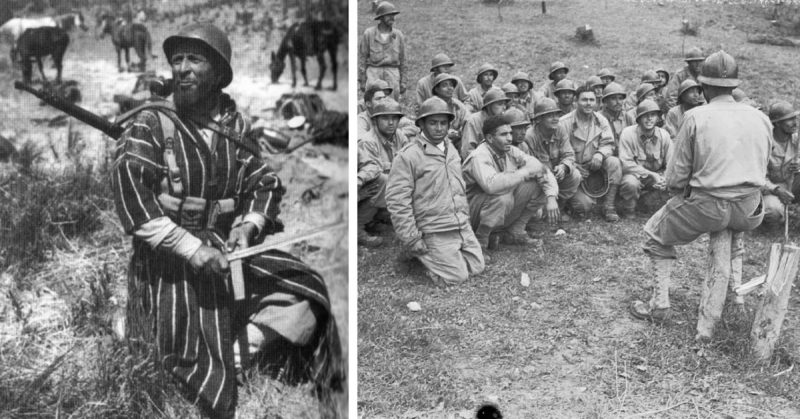The part played by the Moroccan Goumiers in the Second World War has to some extent been overlooked by historians, but these Muslim mountain fighters were very instrumental in the outcome of many battles during the war; the Sicilian Campaign, The Battle of Corsica, Operation Brassard in Elba, the Battle of the Vosges Mountains and so many more. The Goumiers were relentless and fought with great heart and soul in a war that was imposed upon them.
World War II began in 1939 and ended in 1945 and became the greatest conflict in all history. The African continent was not exempted from this conflict. Most African countries at the time were still under the influence and rule of colonial masters and as such, they were dragged into the war with their European rulers.
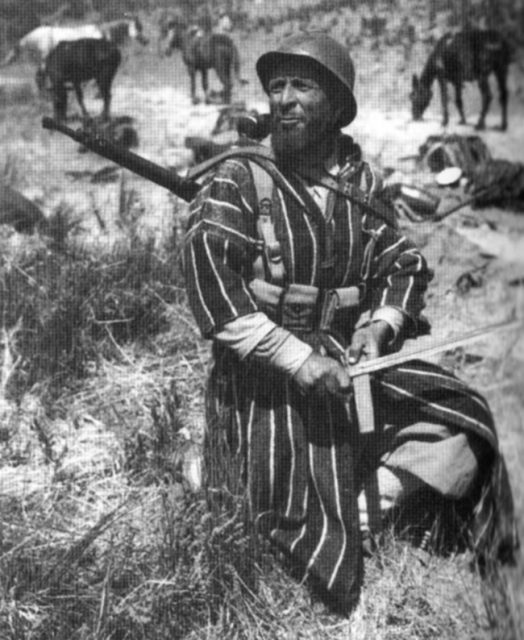
Attached to the French Army of Africa were the Moroccan Goumiers, whom, though subject to the Moroccan Sultan, were headed by French officers. Mostly made up of Berber tribesmen, about 12,000 men constituted this group and fought alongside Allied forces in the war.
The 1st Group of Moroccan Auxiliaries was put together in May 1940 and consisted of 12 Moroccan Goums, a Goum being made up of 200 men. They were employed in fighting the Italians, who were operating out of Libya.
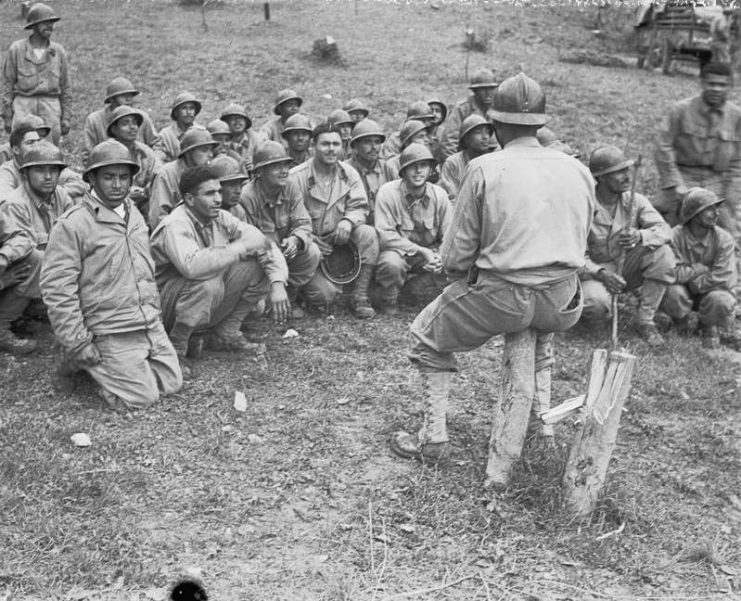
Italy had a large number of its citizens established in North Africa after taking the Cyrenaica and Tripolitania colonies from the Ottoman Empire in 1912. The entire Libyan army was thus very supportive of the Italian troops and was engaged in a series of battles against the British-occupied North African countries.
In North Africa, they contributed greatly to the suppression of Fascist Italy operating out of Libya and in the first and second battles of El Alamein in Egypt in 1942. This victory was a game-changing event in the North African Campaign because it removed the threat of another Axis invasion of Egypt.
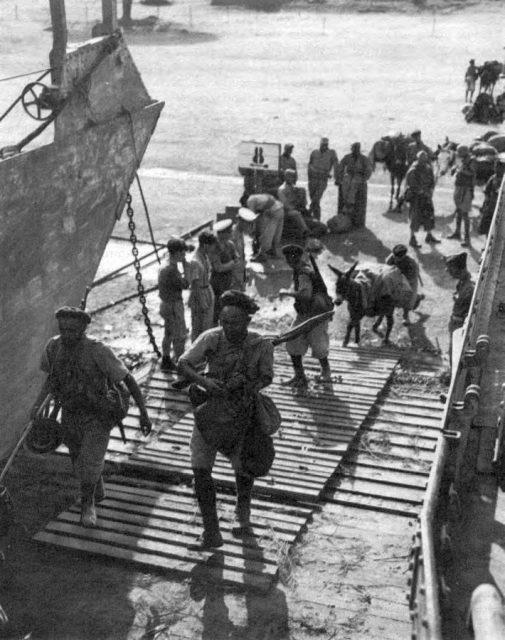
In September 1943, a number slightly above 6000 Moroccan soldiers in the French army left their country to fight at Corsica, where the Goumiers fought alongside the Corsican partisans, attacking the German soldiers who held the Teghime Pass.
The battle lasted three days and claimed the lives of many Moroccan soldiers and left 130 of them injured. The people of Corsica, as with many other liberated territories, remain grateful to the Goumiers who fought and gave their lives for them. In Corsica, there is a plaque commemorated to the memory of the bravery of the Moroccan fighters.
The victory for the Goumiers set them on their way to Bastia. The Goumiers entered into the former German stronghold of Bastia on October 4, 1943.
The Goumiers had shown great skill, courage, and resilience during the war and when they arrived as attachments to the U.S. Seventh Army during the Sicilian Campaign in Italy, large numbers of Italian soldiers surrendered to the opposition and the German ranks retreated. They were regarded as courageous in the reports of the US 26th Infantry Regiment.
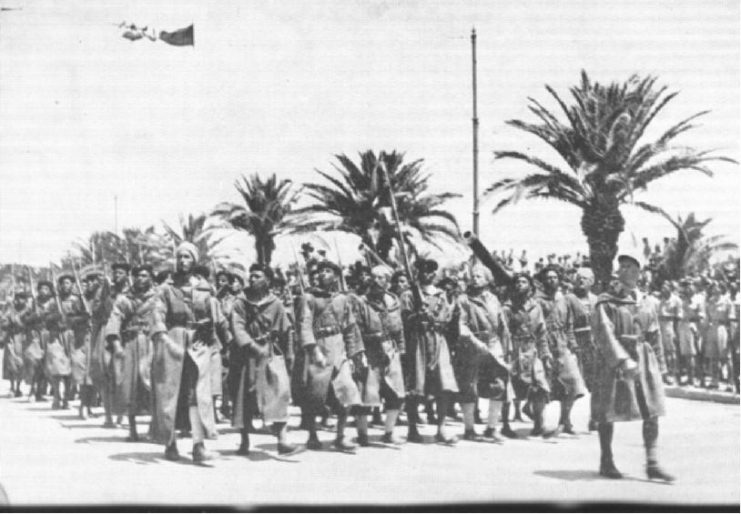
The Italian campaign began in July 1943, starting from the invasion of Sicily. Then the fighting proceeded to the mainland. The Goumiers had the opportunity to show their superiority in the Aurunci Mountains during Operation Diadem. They were highly skilled at scaling the most difficult terrain while maintaining good military formation and played a vital role in the Battle for Rome.
The Moroccan Goumiers were involved in four assaults against the German and Italian fortifications known as the Winter Line. The assaults took place within the space of one day, with the fourth and last assault being the blow that broke the enemy lines. Twenty divisions attacked along a twenty-mile front and the resulting effect was the retreat of the Germans from their defensive positions. The assaults, although successful, resulted in more casualties on the part of the Allies, with a total of 55,000 casualties, Goumiers included.
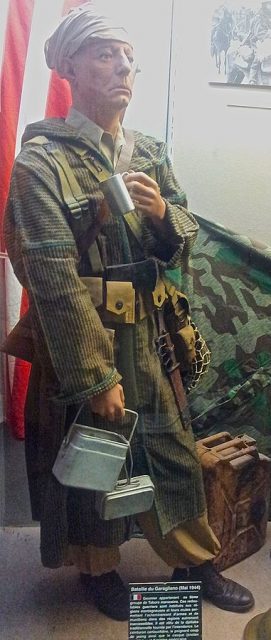
Headed by Marshal Juin Alphonse, the 1st, 2nd and 3rd groups of the Moroccan battalions were attached to the 3rd Algerian Infantry Division and they took part in the Battle in the Vosges Mountains and also in Alsace as part of the French 1st Army in November 1944.
The Goumiers were recognized by the Allies as playing a vital role in the defeat of the Axis opposition and were an asset that gave the Allies a tremendous advantage in the mountainous regions.
